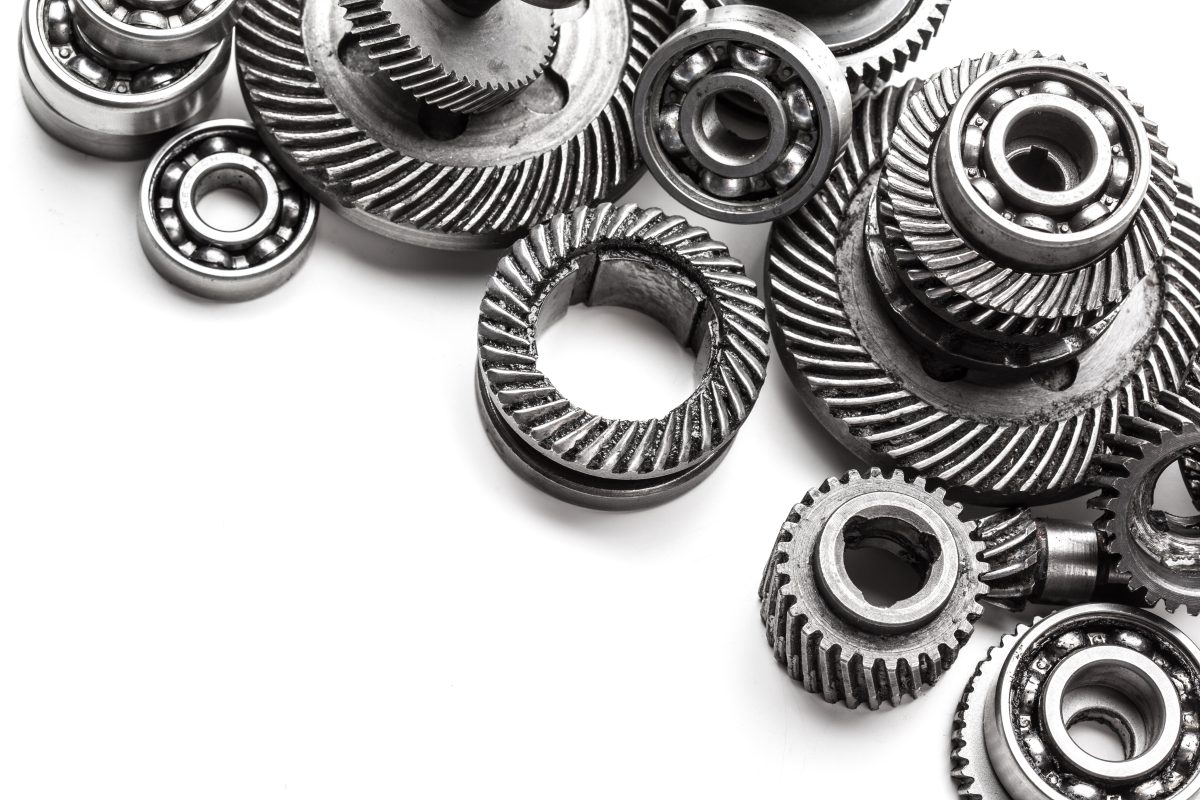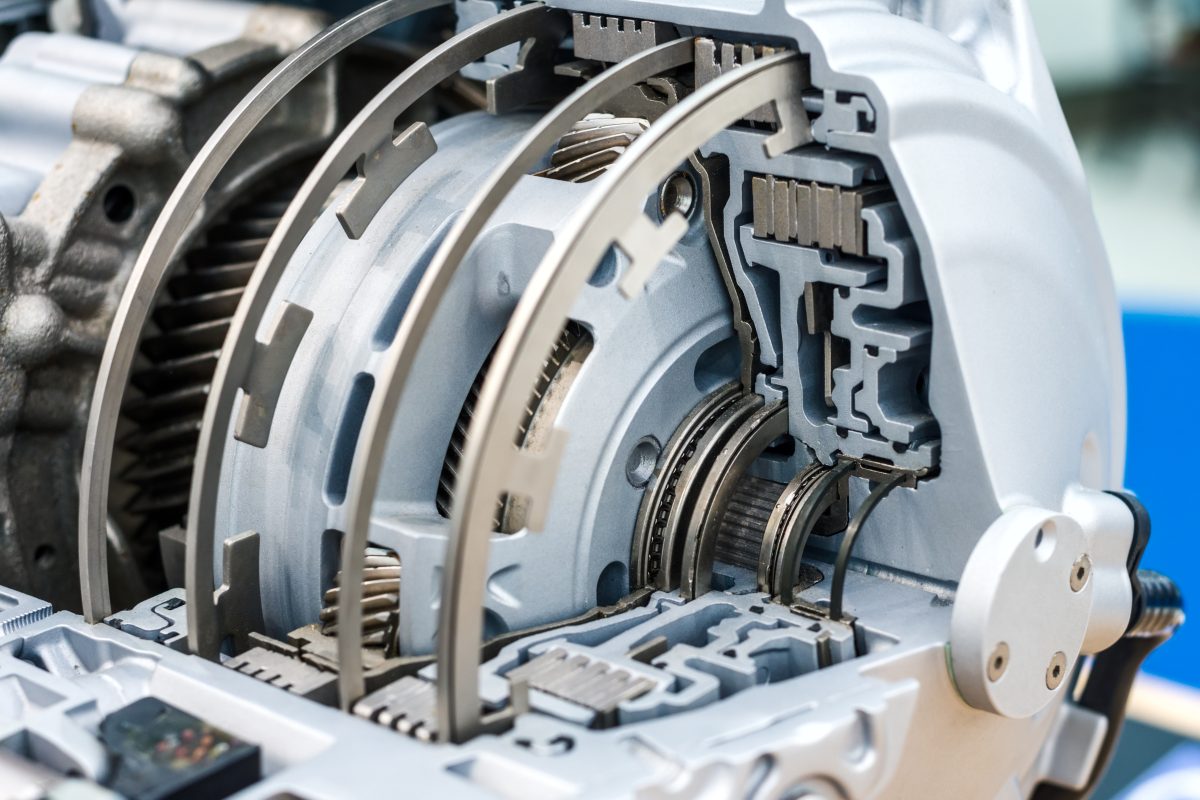Understanding Frequent Problems in Industrial Machinery Applications
Machinery applications are often subject to a variety of problems, some of which are more frequent than others. Understanding the root cause of these problems can help to avoid them in the future:-
Paper Industry: Calandar Machine
-
Hydraulic Applications: Pumps and Motors
-
Power Plant: Coal Pulveriser
Solutions: How Tungsten Carbide Carbon Coating Solve Challenges
WC/C Coating on rolling elements helps in withstanding wear and tear and other critical issues due to the nature of composition which is harder than metal-containing amorphous carbon coating. Here are some of the salient features of Tungsten Carbide Carbon Coating for bearings:-
- Thin Coating: Tungsten Carbide Carbon Coating features a very thin coating of 1-2 ?m.
- High Adhesion Strength: Adhesive strength is important because it allows bonding with surfaces securely which makes the bearing work as usual without resulting in breakdown due to angular misalignments.
- High Hardness: It helps in better surface contact between the components and increase the service life of bearings without wear and tear thus helping machinery components to work well.











